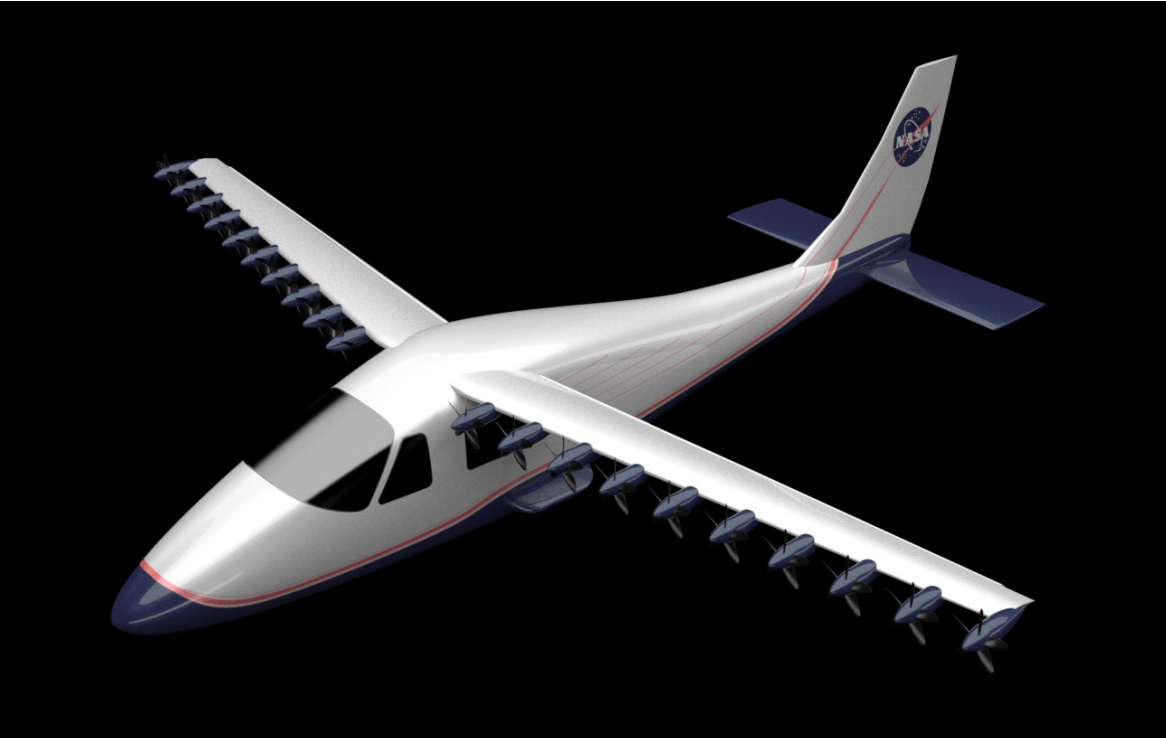| LEC # | TOPICS | LECTURE NOTES |
|---|---|---|
| 1 | Rocket equation; gravity loss; optimum acceleration | Lecture 1 (PDF) |
| 2 | Rocket staging; range of aircraft; climb & acceleration | Lecture 2 (PDF) |
| 3 | Orbital mechanics; single force center | Lecture 3 (PDF) |
| 4 | Hyperbolic orbits; interplanetary transfer | Lecture 4 (PDF) |
| 5 | Non-chemical rockets; optimum exhaust velocity | Lecture 5 (PDF) |
| 6 | Modeling of thermal rocket engines; nozzle flow; control of mass flow | Lecture 6 (PDF) |
| 7 | Modeling of rocket nozzles; effects of nozzle area ratio | Lecture 7 (PDF) |
| 8 | Types of nozzles; connection of flow to nozzle shape | Lecture 8 (PDF) |
| 9 | Solid propellant gas generators; stability; grain designs | Lecture 9 (PDF) |
| 10 | Models for rocket engines; flow of reacting gases | Lecture 10 (PDF) |
| 11 | Reacting gases (cont.); temperature dependence of specific heats | Lecture 11 (PDF) |
| 12 | Nozzle flow of reacting gases | Lecture 12 (PDF) |
| 13 | Rocket casing design; structural modeling | Lecture 13 (PDF) |
| 14 | Heat transfer and cooling | Lecture 14 (PDF) |
| 15 | Ablative cooling | Lecture 15 (PDF) |
| 16 | Thrust vectoring; engine cycles; mass estimates | Lecture 16 (PDF) |
| 17 | Aircraft propulsion, configuration and components | Lecture 17 (PDF) |
| 18 | Aircraft engine modeling; turbojet engine | Lecture 18 (PDF) |
| 19 | Turbojet engines (cont.); design parameters; effect of mass flow on thrust. | Lecture 19 (PDF) |
| 20 | Introduction to component matching and off-design operation | Lecture 20 (PDF) |
| 21 | Turbofan engines | Lecture 21 (PDF) |
| 22 | Inlets or diffusers | Lecture 22 (PDF) |
| 23 | Exhaust nozzles | Lecture 23 (PDF) |
| 24 | Compressors and fans | Lecture 24 (PDF) |
| 25 | Velocity triangles; compressor performance maps | Lecture 25 (PDF) |
| 26 | Compressor blading; design; multi-staging | Lecture 26 (PDF) |
| 27 | Turbines; stage characteristics; degree of reaction | Lecture 27 (PDF) |
| 28 | Turbine solidity; mass flow limits; blade temperature | Lecture 28 (PDF) |
| 29 | Turbine cooling; general trends and systems; internal cooling | Lecture 29 (PDF) |
| 30 | Film cooling; thermal stresses; impingement cooling; how to do cooling design | Lecture 30 (PDF) |
| 31 | Compressor-turbine matching; gas generators | Lecture 31 (PDF) |
| 32 | Engine structures; centrifugal stresses; engine arrangements | Lecture 32 (PDF) |
| 33 | Critical speeds and vibration | Lecture 33 (PDF) |
| 34 | Combustors; afterburners | Lecture 34 (PDF) |
| 35 | Pollutant; motivations for control; formation; strategies for reduction | Lecture 35 (PDF) |
| 36 | Aircraft engine noise: principles; regulations | Lecture 36 (PDF) |
| 37 | Jet noise, turbomachinery noise | Lecture 37 (PDF) |
| 38 | Rotordynamics of the jet engine | Lecture 38 (PDF) |

Aircraft Propulsion [Saeed Farokhi] on Amazon.com. *FREE* shipping on qualifying offers. New edition of the successful textbook updated to include new material on UAVs, design guidelines in aircraft engine component systems and additional end of chapter problems Aircraft Propulsion. Aircraft Propulsion Systems Technology and Design is the third volume originally proposed and coordinated by the late professor Gordon C. Oates to form a sequence of three texts that represent a comprehensive exposition of the existing knowledge and the state of the art in aircraft propulsion technology today. PDF Download Aircraft Propulsion Systems Technology And Design Books For free written by Gordon C. Oates and has been published by AIAA this book supported file pdf, txt, epub, kindle and other format this book has been release on 1989 with Aircraft gas-turbines categories. (1903 - 1920's) - Developed Propulsion Systems. The Wright Brothers were the first to fly a self-propelled, heavier than air machine. This required the development of two other pieces of technology; a light weight motor and the propellers to push the aircraft through the air.
Systems Technology Inc
Note: Citations are based on reference standards. However, formatting rules can vary widely between applications and fields of interest or study. The specific requirements or preferences of your reviewing publisher, classroom teacher, institution or organization should be applied. Small Aircraft Propulsion: The Future Is Here. Modern turbine engines are highly desirable aircraft propulsion systems because they are user-friendly and environmentally compliant. Chichester-Miles Consultants, Cirrus Design, Forged Metals, New Piper Aircraft, VisionAire, Producto Machine, Scaled Composites, and Unison Industries).